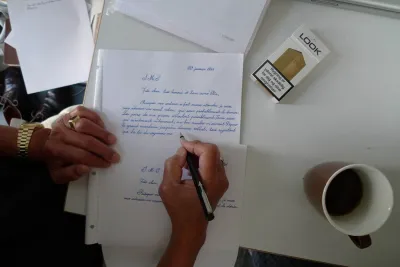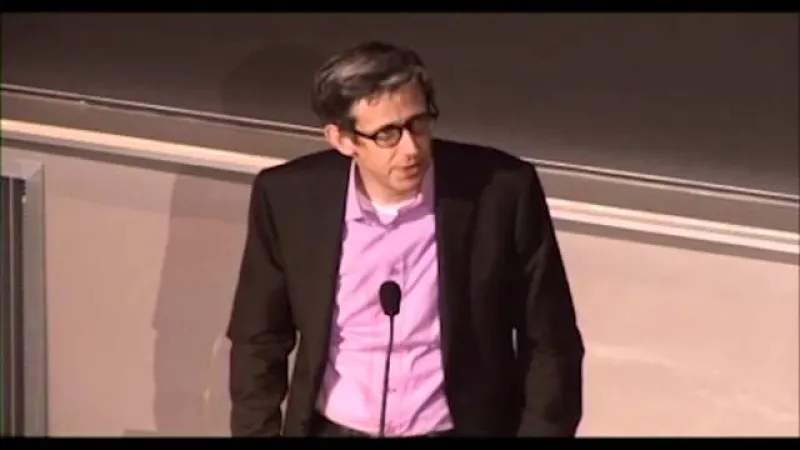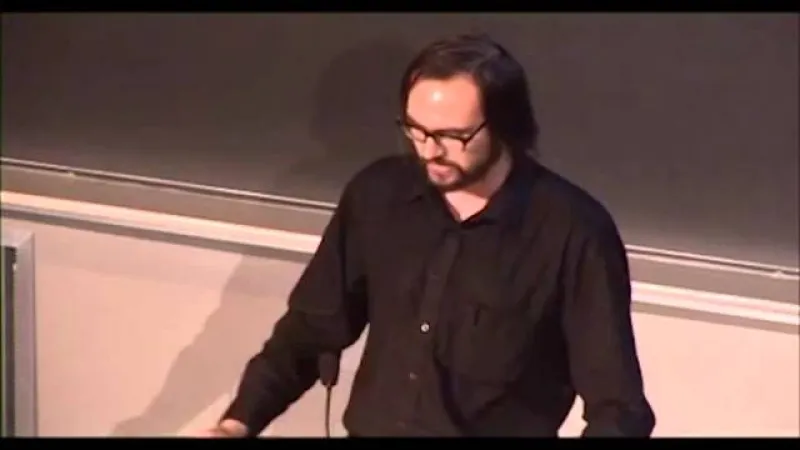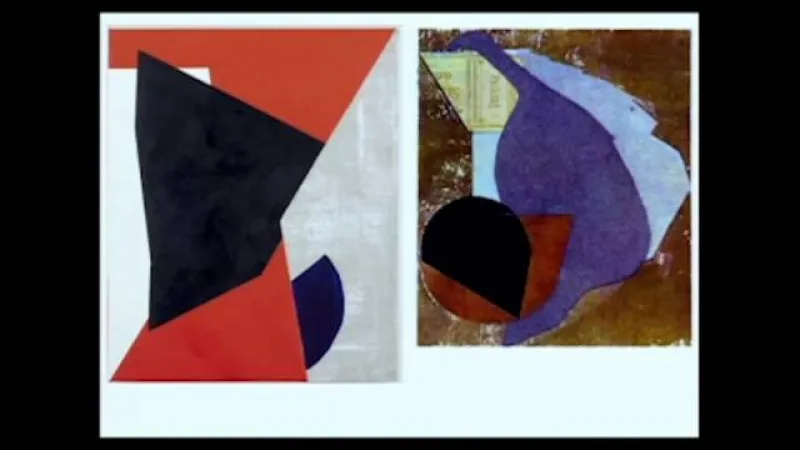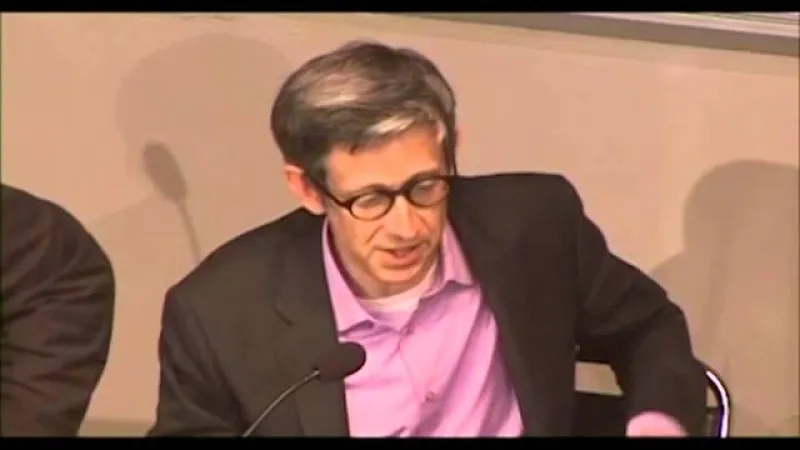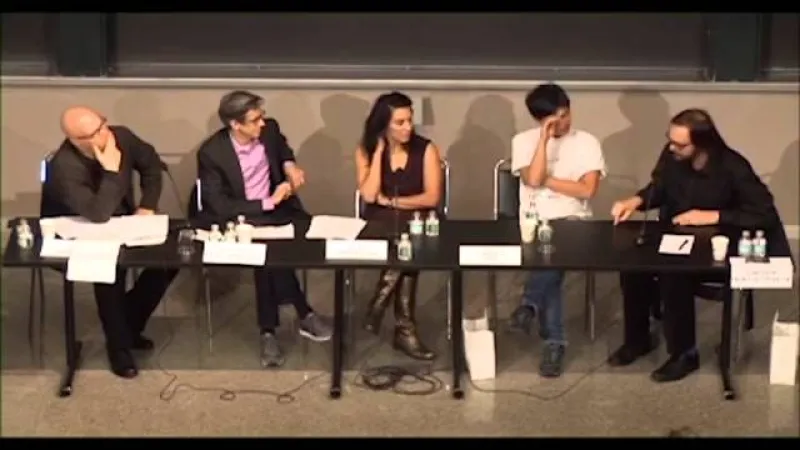Danh Vo, 02.02.1861, Last letter of Saint Théophane Vénard to his father before he was decapitated, copied by Phung Vo, 2009. Ink on paper, 29.6 x 21 cm. Photo: Danh Vo.
2011 Max Wasserman Forum on Contemporary Art: Present Past: Contemporary Art and the Uses of History
The MIT List Visual Arts Center is pleased to present the annual Max Wasserman Forum on Contemporary Art on Sunday, October 9 at 3PM. This year’s Forum, Present Past: Contemporary Art and the Uses of History, concerns how artists working with historical subject matter engage theories and methods of historical research.
“To be historical,” wrote philosopher Paul Ricoeur, “an event must be more than a singular occurrence, a unique happening. It receives its definition from its contribution to the development of a plot.” If narrative is central to written history, what might Ricoeur’s statement mean for artistic practices that operate with historical materials, such as archives or found objects, or for artistic practices that use historical theories themselves as subject matter? What of the connection between historical and fictional narratives? In what ways can artistic practices open a space to question the status of whose narrative is being articulated? More generally, what are the articulations of the relationship between contemporary art and an interest in historical phenomena? Can current artistic practices prompt a new sense of historical time, one reflected in a relationship to the contemporary as a category of the present that is, in itself already, historical?
These and related questions will be considered by panelists Matthew Buckingham, Jaleh Mansoor, Dieter Roelstraete, Danh Vo, and moderator Tim Griffin as they discuss how artists use historical material in their work, how they engage theories and methods of historical research, and how artistic practice can call into question the status of historical narratives and received notions of historical time.
The annual Max Wasserman Forum on Contemporary Art was established in memory of Max Wasserman (MIT Class of 1935), a founding member of the Council for the Arts at MIT. This public forum was endowed through the generosity of the late Jeanne Wasserman and addresses critical issues in contemporary art and culture through the participation of renowned scholars, artists, and arts professionals. The Forum is organized and presented by the MIT List Visual Arts Center.
About the Panelists
American artist and filmmaker Matthew Buckingham studied at the Art Institute of Chicago, received a BA from the University of Iowa, an MFA from Bard College, and attended the Whitney Independent Study Program. His work has been seen at Camden Arts Centre, London; Centro de Arte Reina Sofía, Madrid; Hamburger Bahnh of National Gallery, Berlin; the Hirshhorn Museum and Sculpture Garden, Washington DC; the Museum of Contemporary Art, Chicago; the Museum of Modern Art, New York; Museum Moderner Kunst, Vienna; MoMA PS1, New York; the Whitechapel Gallery, London; and the Whitney Museum of American Art, New York, among others. Residencies, fellowships, and awards include Art Matters, New York; ArtPace, San Antonio; DAAD Artist-in-Berlin Studio Program; the Freund Teaching Fellowship, Washington University, St. Louis; IASPIS, Stockholm; New York Foundation for the Arts; New York State Council on the Arts; Louis Comfort Tiffany Award, New York; and the Arts Institute at the University of Wisconsin-Madison. From 2003 to 2010, he taught at the Malmö Art Academy in Sweden. This semester he is a visiting artist at the School of the Art Institute of Chicago.
Tim Griffin (moderator), who holds an MFA in poetry from Bard College’s Milton Avery Graduate School of the Arts, is executive director and chief curator of The Kitchen, New York. He was editor-in-chief of Artforum from 2003 to 2010, during which time he devoted thematic issues to subjects such as globalization, art and politics, performance, the art market, and the contemporary art museum; he also organized special focuses on Michael Clark, Jacques Rancière, and Karlheinz Stockhausen, and commissioned projects from Cyprien Gaillard, Roni Horn, Michael Krebber, and Sherrie Levine, among many others. Griffin’s writing on the arts has appeared in publications ranging from Vogue to October, whose summer 2011 issue featured his essay “Compression,” which considers shifting terms for site-specificity in contemporary art and is the basis of a book forthcoming from Sternberg Press, Berlin, in 2012. (This year, the project was awarded a Creative Capital/Warhol Foundation Arts Writers Grant.) In his essays, Griffin has considered work by figures including Chantal Akerman, John Baldessari, Philippe Parreno, Yvonne Rainer, and Kelley Walker. In 2010, he was senior adviser on the Serpentine Gallery’s Poetry Marathon (organized by Hans-Ulrich Obrist), for which he also interviewed poets John Ashbery and Édouard Glissant.
Jaleh Mansoor, who completed her PhD at Columbia University in 2007, is assistant professor at the University of British Columbia. She has also taught at SUNY Purchase, Barnard College, Columbia University, and Ohio University. Having worked on materialist abstraction in the context of Marshall Plan Italy, she is interested in complicating the discourse on abstraction, totality, universality, labor, and mere life in contemporaneity. Her areas of teaching and research include modernism, critical theory, historiography, and critical curatorial studies. She works as a critic for Artforum and is a frequent contributor to October, Texte Zur Kunst, and, more recently, The Journal of Aesthestics and Protest. Mansoor wishes to occupy and dilate the relationship (and tension) between activism and scholarship. She has written many catalog essays, including that on Blinky Palermo for Dia (2009) and Agnes Martin, also for Dia (2011). She has also produced monographic studies on, among others, Piero Manzoni, Ed Ruscha and Mona Hatoum. She co-edited Communities of Sense: Rethinking Aesthetics and Politics (2010) available on Duke University Press. She is preparing a book that addresses formal and procedural violence in the work of Alberto Burri, Lucio Fontana, and Piero Manzoni and another on Mere Life in the Work of Santiago Sierra.
Curator, editor, and writer Dieter Roelstraete was trained as a philosopher and works as a curator at the Museum of Contemporary Art Antwerp MuHKA. His curatorial projects there include Emotion Pictures; Intertidal, a survey show of contemporary art from Vancouver; The Order of Things; Auguste Orts: Correspondence; Liam Gillick and Lawrence Weiner - A Syntax of Dependency; and the collaborative projects Academy: Learning from Art; The Projection Project; All That Is Solid Melts Into Air; and (upcoming) A Rua, a thematic survey show of contemporary art from Rio de Janeiro. He is currently preparing a retrospective of Chantal Akerman. In 2005, he co-curated Honoré d’O: “The Quest,” in the Belgian pavilion at the 51st Venice Biennale. He is an editor of Afterall, a contributing editor to A Prior Magazine, and one of the founders of F.R. David; he is also a tutor at De Appel in Amsterdam. Roelstraete has published extensively on contemporary art and related philosophical issues in numerous catalogues and journals; his latest book, Richard Long: A Line Made By Walking, was published by Afterall Books/The MIT Press. He lives in Berlin.
Artist Danh Vo was born in Vietnam and graduated from the Royal Danish Academy of Fine Arts in Copenhagen and the Städelschule in Frankfurt. He has had recent solo exhibitions at Kunsthalle Fridericianum, Kassel, Germany; the National Gallery, Copenhagen; Artists Space, New York; and Kunsthalle Basel. Upcoming solo exhibitions of his work will take place at Kunsthaus Bregenz, Austria; the Renaissance Society, Chicago; and Artspeak, Vancouver. He is based in Berlin.
The Forum is free and open to the public.
Directions to Building 10, Rm. 250
10-250 is accessible through the MIT entrance at 77 Massachusetts Avenue.
By T, take the Red Line to the Kendall/MIT stop. Proceed one and a half blocks west away from Boston and the Longfellow Bridge to Ames Street, turn left, and continue to Building 66, 25 Ames Street. Enter Building 66 (the building has a triangular footprint) and follow the “Infinite Corridor” to Building 10. Signage will be in place to guide visitors to Building 10, Rm. 250.
By car, coming across the Longfellow Bridge or from Memorial Drive, follow signs for Kendall Square. Limited metered parking is available on Ames Street. A parking garage is located at the 7 Cambridge Center complex (entrance on Ames Street between Main and Broadway). Paid public parking is also available at the Marriott Hotel on Broadway.
